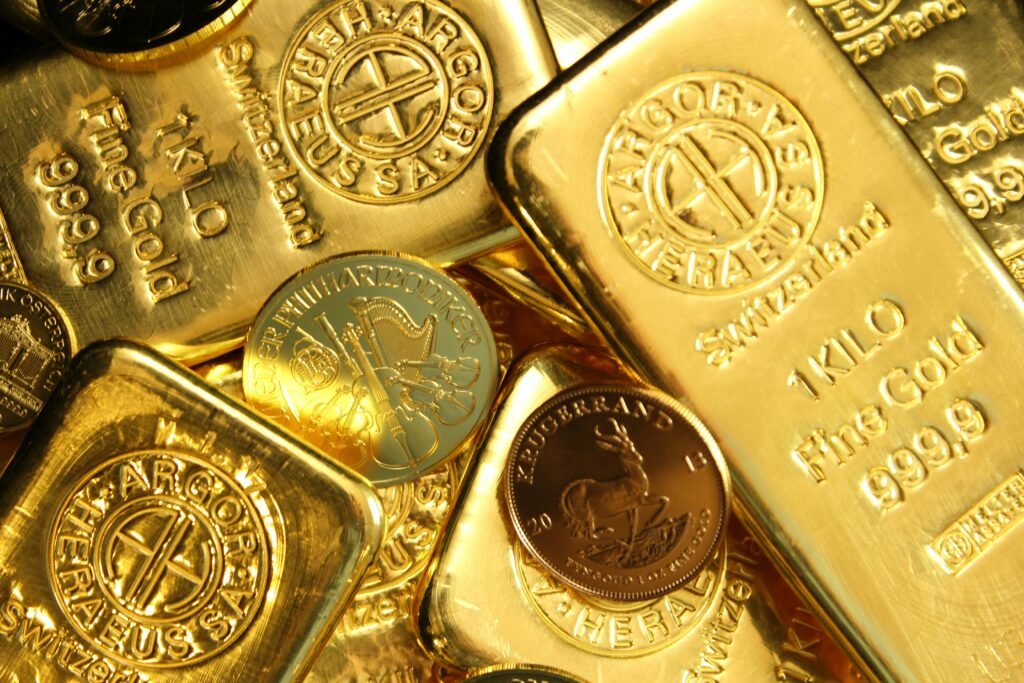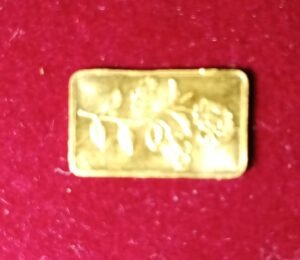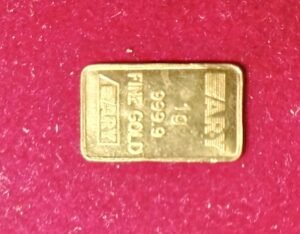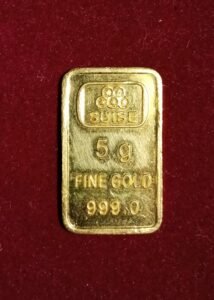Historical Context of Gold Prices
Understanding the historical context of gold prices is essential for grasping the potential trajectory of the precious metal leading into 2025. Over the past decade, gold has exhibited notable fluctuations, driven by a complex interplay of economic events, geopolitical tensions, and shifts in monetary policies. These factors have consistently influenced investor sentiment and the demand for gold as a refuge asset.
In the aftermath of the 2008 financial crisis, gold prices surged as investors sought security amidst economic uncertainty. Central banks worldwide implemented expansive monetary policies, notably quantitative easing, which fueled concerns about inflation and currency devaluation. Consequently, gold became an attractive investment option as its value tended to rise when real interest rates were low or negative.
Between 2010 and 2012, gold prices reached historic highs, peaking at over $1,800 per ounce. This period was characterized by increased demand from emerging markets, especially from nations such as China and India, where gold is culturally significant. The robust demand from these countries played a pivotal role in propelling prices upward. However, as economic recovery took hold, particularly in the United States, a gradual decline in the price of gold was observed from 2013 onwards.
The geopolitical landscape has also significantly impacted gold prices. Tensions such as the U.S.-China trade war and various conflicts in the Middle East have prompted investors to turn to gold to hedge against potential instability. Additionally, changes in interest rates and monetary policy decisions by the Federal Reserve have created volatility, influencing investor behavior towards gold.
As investors look to the future, understanding these historical trends can provide essential context. With global uncertainties persisting, including inflation fears and geopolitical risks, a thorough analysis of previous market behaviors is vital for predicting how gold prices may fluctuate in the coming years.
Economic Indicators Pointing to Gold’s Rise
As we approach 2025, a confluence of economic indicators suggests a probable ascent in gold prices. One of the most significant factors influencing this expectation is inflation rates. Historically, gold has served as a hedge against inflation, meaning that when the cost of living rises, investors often flock to gold to preserve their purchasing power. The trend of increasing inflation rates, observed in several economies worldwide, signals the possibility for higher demand for gold as a safe-haven asset in uncertain economic climates.
Interest rates also play an essential role in establishing the dynamics of the gold market. Generally, rising interest rates lead to lower appeal for gold, as holding the non-yielding asset becomes less attractive compared to interest-generating securities. However, in a precarious economic scenario where central banks might streamline or maintain interest rates to stimulate growth, gold could see significant demand. Should the central banks opt for a dovish stance, especially in light of potential recessions, gold may benefit from increased investment interest as a reliable alternative.
Currency stability is another critical component worth examining. The depreciation of major currencies, particularly the US dollar, often correlates with a surge in gold prices. A weak dollar typically makes gold cheaper for overseas buyers, thus enhancing global demand. As we see fluctuations in foreign exchange markets, the possibility of a weakened dollar could pave the way for an increase in gold’s value.
Finally, stock market performance influences investor behavior regarding gold investments. A volatile or declining stock market may drive investors toward safer bets, which gold provides. History indicates that during market corrections, gold often holds its value or appreciates, making it a remarkable alternative during tumultuous financial periods. With comprehensive scrutiny of these economic indicators, 2025 appears to be a compelling year for gold investors seeking opportunities in the market.
Geopolitical Factors Influencing Gold Prices
The geopolitical landscape plays a significant role in determining gold prices, as this precious metal is often viewed as a safe-haven asset during times of uncertainty. Political tensions, trade disputes, and international conflicts can lead to fluctuations in market confidence, prompting investors to seek stability in gold. In 2025, several key geopolitical factors are expected to influence gold markets significantly.
Firstly, the relationship between major global powers, particularly the United States and China, will be crucial. Ongoing trade disputes, tariffs, and sanctions can create economic instability, leading investors to turn towards gold as a hedge against fluctuating currencies and volatile equities. Monitoring the developments in U.S.-China relations, especially as they pertain to trade agreements and military posturing, is vital for predicting fluctuations in gold prices.
Moreover, developments in regions such as the Middle East and Eastern Europe may also impact gold’s value. For instance, escalating tensions and conflicts involving countries such as Iran or Russia could create a risk-off sentiment among investors. In scenarios where diplomatic solutions falter, gold typically witnesses increased demand as investors seek protective assets in uncertain environments.
Another point of consideration is the influence of emerging markets. As countries like India and Turkey continue to evolve, their demand for gold could considerably impact global prices. Cultural factors and economic growth in these nations often lead to increased gold purchases, driven by both investment and jewelry demand. Such dynamics highlight the importance of tracking global economic indicators, which could signal the heightened interest in gold.
Overall, the interplay of these geopolitical factors is likely to shape the landscape of gold prices in 2025, as investors remain vigilant towards disruptions and uncertainties in global affairs. Understanding the potential ramifications of political events will be essential in navigating the gold market moving forward.
Investment Strategies for 2025 and Beyond
As gold is predicted to experience a significant surge in value by 2025, it is imperative for investors to consider various strategies that capitalize on this potential increase. One of the most traditional methods of investing in gold is through the acquisition of physical gold, such as gold bars, coins, or jewelry. This direct form of investment not only serves as a tangible asset but also offers a hedge against inflation and economic instability. However, investors should be mindful of storage, insurance, and liquidity concerns associated with physical gold ownership.
Another effective way to invest in gold is through Exchange-Traded Funds (ETFs). Gold ETFs track the price of gold and offer a convenient means of gaining exposure without the need to hold the physical asset. These investment vehicles typically have lower transaction costs and provide enhanced liquidity, making them an attractive option for both seasoned and novice investors. It is advisable to select ETFs that hold physical gold or invest in mining companies, thereby ensuring that the fund directly correlates with the price movements of gold.
In addition to physical gold and ETFs, investing in gold mining stocks represents a viable strategy for those seeking growth potential. While these stocks can be more volatile compared to the metal itself, they often provide leveraged returns when gold prices rise. Investors should conduct comprehensive research on mining companies, evaluating their financial health, production costs, and geopolitical risks to make informed decisions.
Portfolio diversification remains crucial in managing risk as one navigates the gold market in 2025 and beyond. Balancing gold investments with other asset classes, such as bonds, equities, and real estate, can enhance overall portfolio stability. Furthermore, implementing risk management tactics, such as setting stop-loss orders and regularly reviewing asset allocation, ensures that investors can effectively respond to market fluctuations and capitalize on the anticipated rise in gold prices.





